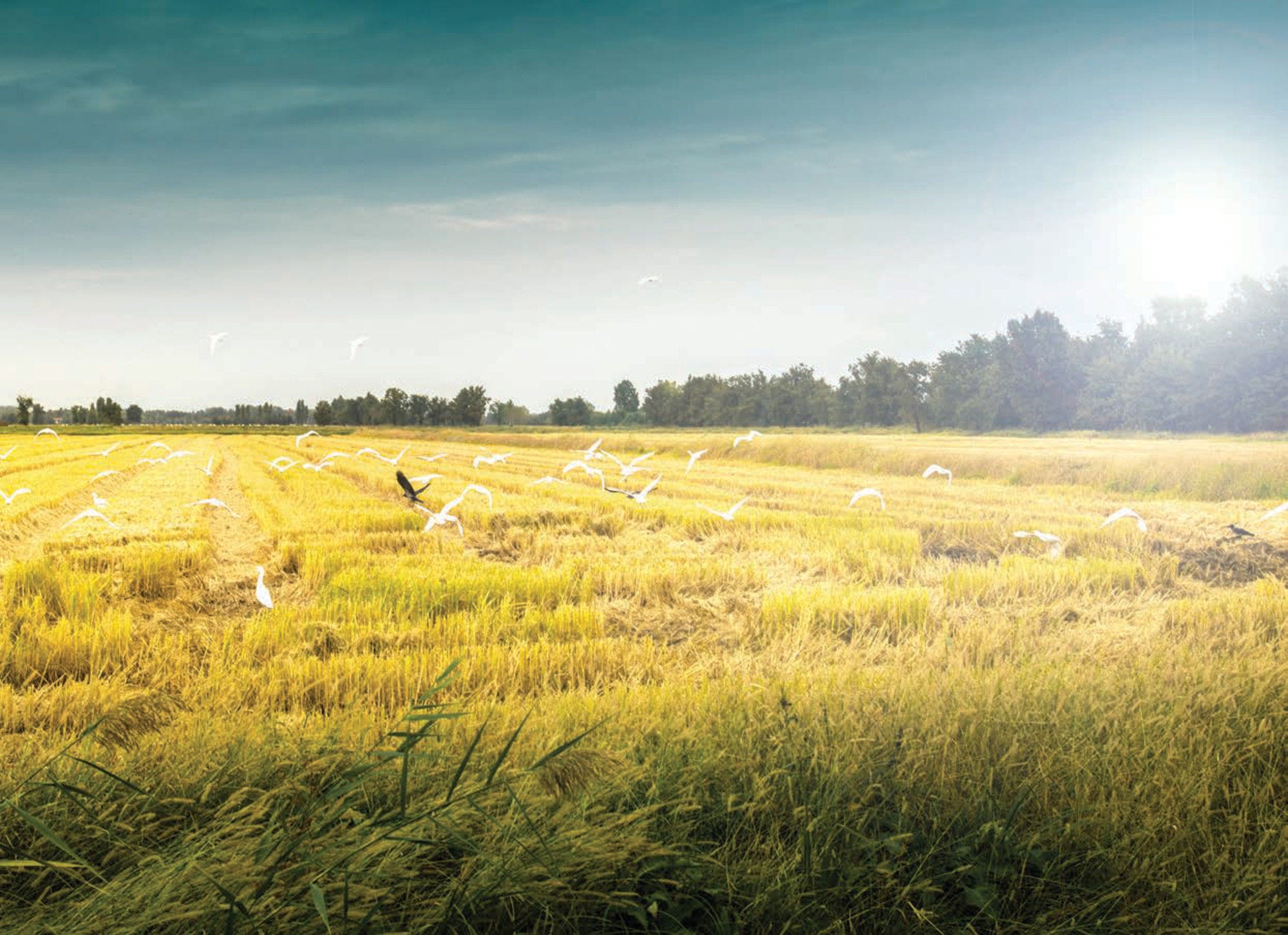In 2016-18, the agricultural policies of the 53 countries covered in this report provided a total of USD 705 billion (EUR 620 billion) per year to their agricultural sectors. About three-quarters of this support, USD 528 billion (EUR 465 billion) per year, was transferred to individual producers. At the same time, six countries, in particular Argentina and India, taxed their agricultural producers using measures that depressed the domestic price of some commodities. These implicit taxes amounted to USD 83 billion (EUR 73 billion) per year in 2016-18, which when deducted from the gross positive transfers, resulted in net transfers to agricultural producers of USD 445 billion (EUR 392 billion) per year. While lowering the level of aggregate support, these implicit taxes also increase overall market distortions. This report presents recent policy developments and support estimates across all OECD countries, the European Union and twelve emerging and developing economies, including, for the first time, Argentina and India, thus raising the report’s coverage to almost three-quarters of global agricultural gross value-added.
Recent progress made by many OECD countries in reducing agricultural producer support and in shifting agricultural policies towards less distorting and sometimes more targeted measures has largely stalled. Moreover, support to producers remains unequal across countries and commodities. On average, more than 18% of gross farm receipts in OECD countries continue to originate from policies, compared to 9% on average across the emerging and developing countries covered in this report. However, these averages mask much higher dependence of farm revenues on support in some countries and negative support in several emerging economies, notably in Argentina and India.
Overall, close to 70% of all transfers to and from agricultural producers continues to originate from measures that distort farm business decisions particularly strongly. In many countries, a large part of support to producers still comes from measures that create a gap between domestic and world market prices. The differences in support across commodities within countries, and the co-existence of significant price support for some products with depressed prices for others, exacerbate distortions in the domestic market. Very little of the current policy mix targets agriculture productivity growth, the sustainable use of natural resources, and farm resilience.
While future growth in demand for high-quality food offers opportunities for agriculture and the food industry, challenges for meeting this demand sustainably continue to be significant. Productivity growth has fallen and remains below potential in many countries. While progress has been made in several dimensions of agricultural sustainability, such as nutrient balances and emission intensities of greenhouse gases, environmental pressures remain high and some of the positive trends have slowed down. Climate change, and weather-related production shocks, are expected to increase the challenge of improving productivity, sustainability, and resilience on farms. Increased public and private investment is needed in more responsive agricultural innovation systems, in robust inspection services, in rural infrastructure, and in other enabling services to the sector. While public expenditures on these general services have declined overall, relative to the sectors’ size in OECD and emerging economies, increased investments in research and innovation by many countries, and strengthened efforts to improve rural infrastructure in emerging economies, are positive developments.
The ambition of many countries to enter into new and deeper free trade agreements with key trading partners, also covering agro-food trade, in light of stalled negotiations at the multilateral level, is also a pragmatic step forward, but should not replace multilateral ambitions to facilitate reforms of agricultural policies.
Given these challenges, it is important to reinvigorate reform ambitions. Governments need to roll back distortive, inefficient and environmentally harmful support and put emphasis on high-return policy interventions and the enabling environment for a productive, sustainable and resilient agri-food sector.
